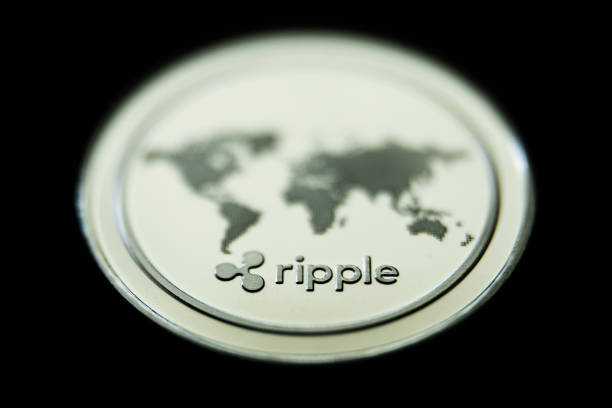In the constantly evolving landscape of cryptocurrency, gaining a thorough understanding of stablecoin rankings is pivotal for investors and financial enthusiasts. The dynamic nature of digital currencies calls for a keen eye on regulatory environments and market performance. Recently, Ripple’s RLUSD stablecoin has made significant strides, earning the distinction of being the most regulated stablecoin. This achievement highlights Ripple’s commitment to transparency and reliability, positioning RLUSD ahead of market giants like Tether’s USDT and Circle’s USDC.
Ripple’s RLUSD: The Leading Stablecoin in Regulation and Trust
Ripple’s RLUSD Surpasses USDT and USDC
Brad Garlinghouse, CEO of Ripple, recently celebrated a significant milestone for the company’s RLUSD stablecoin. With the recent signing of the GENIUS Act enhancing regulatory standards, RLUSD has been recognized as the top trusted stablecoin by Bluechip, a renowned stablecoin rating agency. This coveted ranking positions RLUSD above competitors such as USDT and USDC, reflecting Ripple’s strategic focus on compliance and safety.
According to Bluechip, RLUSD’s top-tier rating of ‘A’ signifies its robust security measures, rooted in U.S. Treasury bills, money market funds, and bank deposits. These assets are characterized by minimal credit and duration risks. The New York Department of Financial Services (NYDFS) plays a crucial role in regulating RLUSD, imposing stringent standards that ensure the stablecoin’s viability and integrity.
Moreover, Ripple’s RLUSD reserves are safeguarded by the Bank of New York Mellon, the largest custodian of financial securities globally. This adds an extra layer of credibility, as RLUSD assets are securely held in segregated accounts, protecting token holders in the event of Ripple’s financial instability.
Ranking Insights: USDT and USDC
Circle’s USDC, despite being one of the largest stablecoins by market capitalization, is ranked eighth, considerably lower than RLUSD, with a B+ rating. Both Circle and Ripple are in the process of applying for national banking licenses, which would enable them to manage the reserves of their respective stablecoins under the watchful eye of the Office of the Comptroller of the Currency (OCC), potentially enhancing their regulatory profiles.
Tether’s USDT, however, is listed at 16th, receiving a D rating from Bluechip, primarily due to its lack of regulatory oversight. Although often criticized for being insufficiently regulated outside the United States, Tether is planning to introduce a U.S.-compliant stablecoin in line with the GENIUS Act directives.
How Does the GENIUS Act Affect Stablecoin Regulation?
The GENIUS Act aims to bolster transparency and security in the stablecoin market by setting stringent regulatory standards. It impacts how stablecoins are backed, managed, and reported, enhancing investor confidence and market reliability.
Is RLUSD a Safer Option Compared to Other Stablecoins?
With stringent regulation by the NYDFS and asset backing that minimizes risk, RLUSD is considered a safer stablecoin. Its custody under the Bank of New York Mellon further enhances its security and reliability.
What are the Implications for Investors with Ripple’s New Rating?
RLUSD’s top rating by Bluechip indicates strong market trust and regulatory compliance, making it a potentially attractive option for conservative investors seeking secure digital assets.
This comprehensive guide delves into the cutting-edge advancements of Ripple’s RLUSD stablecoin, elucidating its core attributes, comparative advantages, and market implications. The FAQs above offer further insights, empowering readers to make well-informed investment choices in the evolving world of cryptocurrency.

